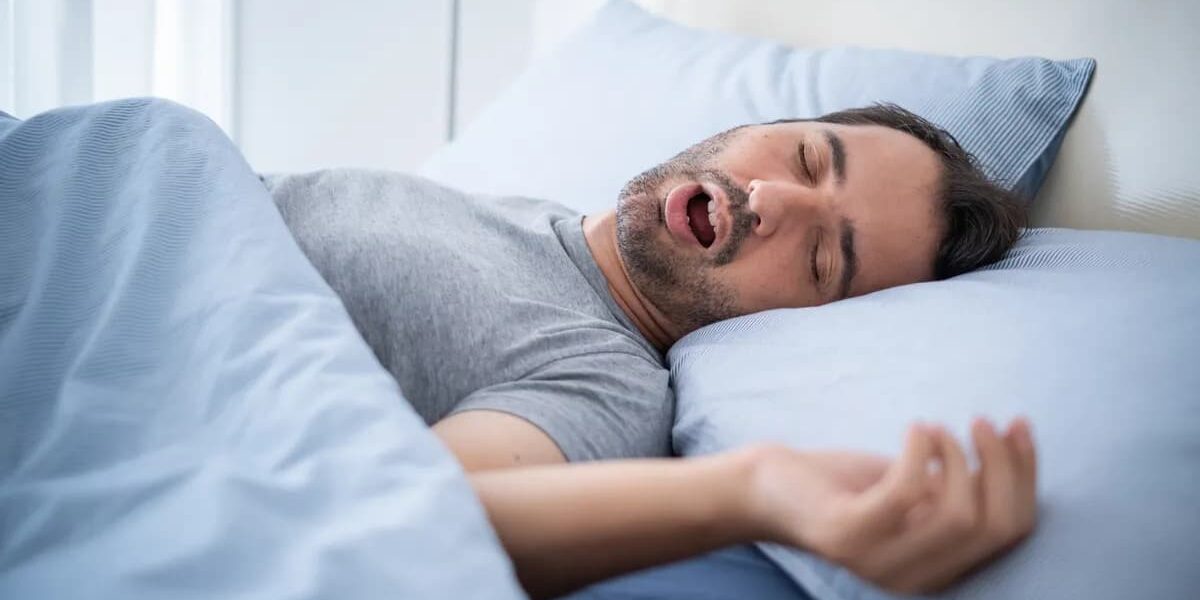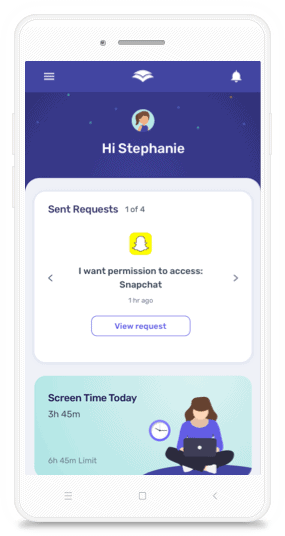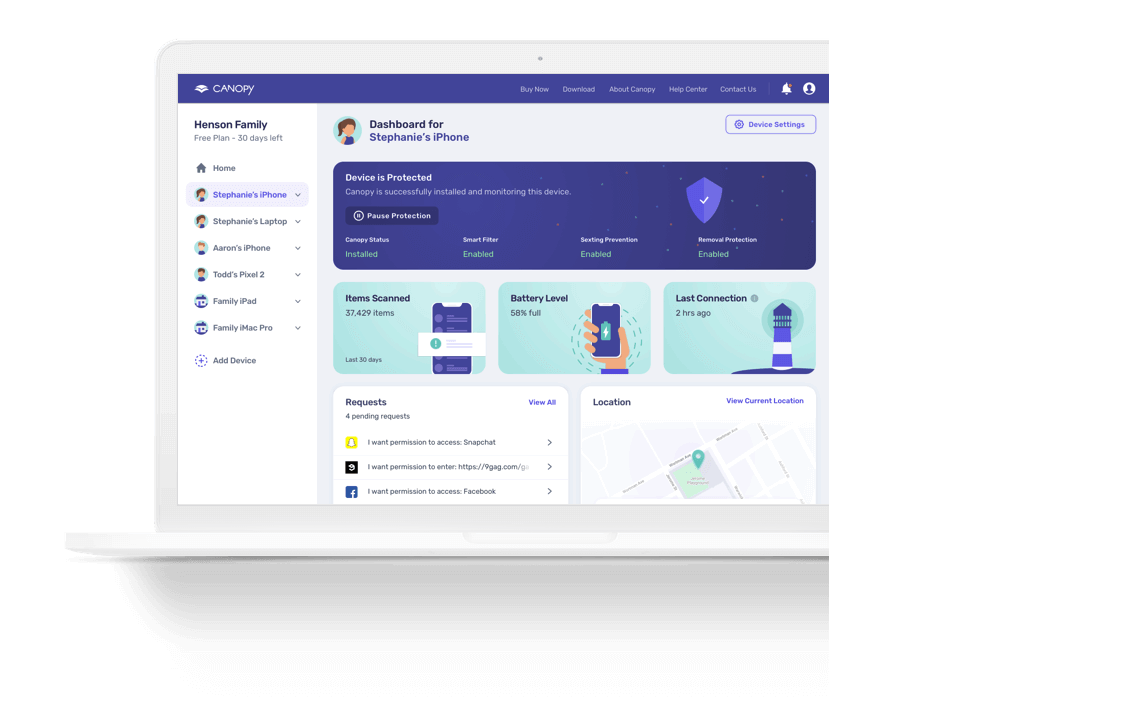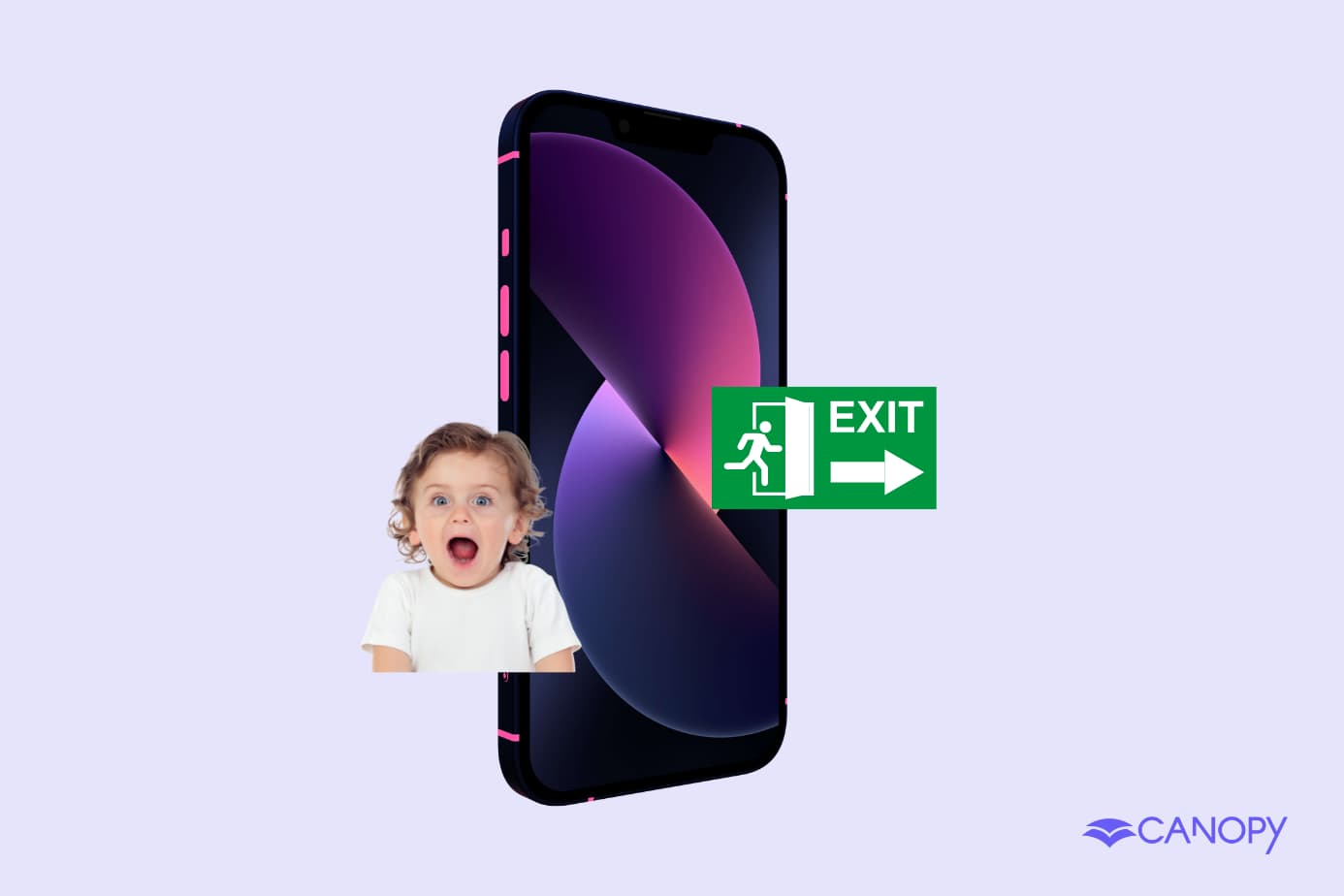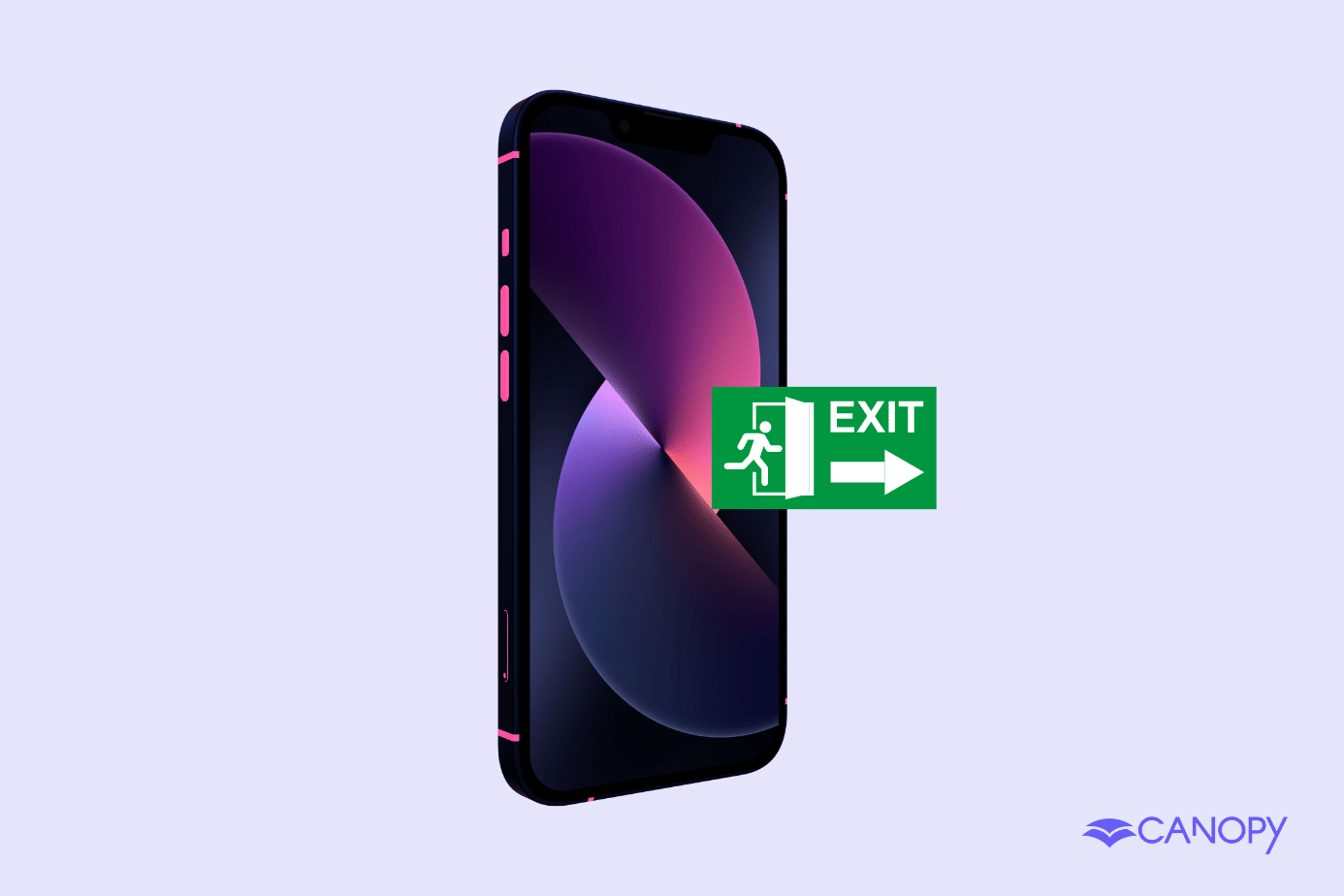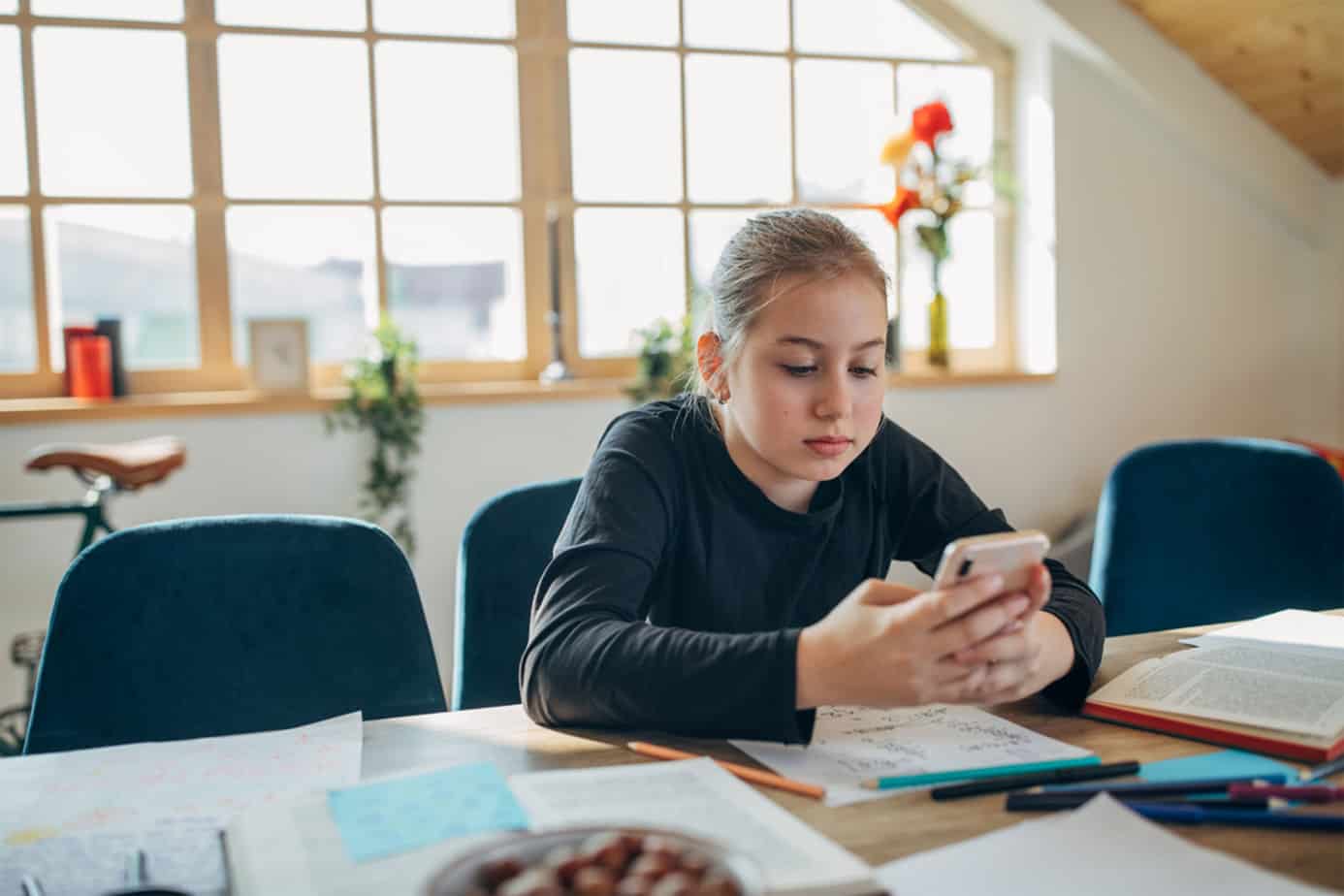If you’re struggling to stop using your phone before bed, you’re not alone. For many of us, our phones are the last thing we see at night and the first thing we see in the morning.
One study, which tracked phone usage in 41 countries, revealed that about 33% of people worldwide are suffering from phone addiction. For Americans, the percentage may even be as high as 56.9%.
Smartphone usage before bed both leads to and causes phone addiction. (Checking your phone before bed leads to a habit of checking your phone before bed, which leads to checking your phone before bed.)
It’s a vicious cycle that can feel impossible to break. But it’s worth the effort.
As this study shows, curbing smartphone usage before bedtime can have all sorts of benefits. It can improve sleep quality and help you fall asleep more quickly.
Better sleep can have massive benefits for your mood and general well-being and can reduce your risk of anxiety and depression.
Added to this, it can improve your working memory (how you remember and process information on a daily basis.)
But the next question is HOW?
Here we’ll introduce 10 strategies supported by scientific research and implemented successfully by those facing the same struggles.
Related Read: We Tried & Tested 8 of the Best Screen Time Reduction Apps!
How to Stop Using Phone Before Bed [10 Science-Backed and People-Recommended Strategies]
There’s a lot of noisy nonsense online when it comes to advice for improving your well-being.
Guidance on how to stop using your phone before bed is no different.
We won’t add to the noise. Instead, we’re here with ten expert-backed methods:
1. Understand the Emotional Triggers Behind Why You Pick Up Your Phone.
In 2023, Americans checked their phones 144 times a day. Back in 2018, this number was 52. This rise is alarming, yes.
But if you see yourself in this statistic, it’s also understandable. We all know how irresistible those quick checks can feel.
There are multiple distractions on our phones, but social media deserves a special mention here.
This Pew Research study showed that nearly 70% of Americans are now on social media, with that number substantially greater (86%) amongst younger adults between the ages of 18 and 29.
And this is significant for our phone’s addictive potential. Research has shown that using social media can release the “feel-good chemical” dopamine, creating a sense of reward in the brain.
This makes us want to seek that same hit again (and again and again). It makes sense that Stanford psychiatrist Dr. Anna Lembke talks about our phones transforming us into “dopamine junkies.”
What’s more, because pre-bedtime screen time is so common — 89.2% of respondents in this survey said they use their screens before bed on most or all nights — many of those quick (or not-so-quick) reward checks could be happening just before bed, having devastating effects on our sleep patterns and mental health.
But there is hope. Understanding your emotional triggers can help you be more in control of this story.
In his New York Times article Do Not Disturb: How I Ditched My Phone and Unbroke My Brain, writer Kevin Rose talks about his addictive relationship with his phone and how he overcame it.
He argues that if you would like to spend money on a digital detox (yep, many high-end hotels now offer retreats away from your phone), that’s great.
Alternatively, you may vow to take a total break from your phone for a period of time. But this is simply not feasible for everyone.
The goal, instead, is to find the emotional triggers that cause you to look at your phone:
“It’s simply about unhooking your brain from the harmful routines it has adopted around this particular device, and hooking it to better things.”
Consider what draws you back to your phone at night:
- Are you using it to try to quiet anxious thoughts of the next day ahead (and by doing so, potentially making your anxiety worse)?
- Are you picking up your phone because you feel lonely or depressed and want to interact with others before you drift off to sleep?
- Are you simply bored and looking for something to do?
Take stock of precisely what triggers you to pick up your phone. Don’t judge these triggers; just try to understand them.
In this way, you will be incorporating mindfulness into your move away from phone addiction.
Mindfulness is a philosophy of nonjudgmentally paying attention to one’s experiences to gain greater understanding and control of them.
Recent research shows that mindfulness-based therapies are being used successfully in all sorts of addiction treatment, and phone usage before bedtime needn’t be any different.
2. Set Up Mental Speed Bumps.
Stop. Think. Do I really want to pick up my phone? If yes, why? Is it really necessary, or am I just responding to one of my emotional triggers?
Catherine Price, award-winning science journalist and bestselling order of How to Break Up With Your Phone, uses the term “zombie checks” to describe those times you pick up your phone when looking for, well, nothing in particular.
Sound familiar? So, what can we do about it?
One solution is to create what Price calls “mental speed bumps” that force you to slow down and assess whether you’re checking your phone because you want or need to or because the zombies made you do it.
She suggests putting a rubber band around your phone as a physical reminder to pause before you check.
An alternative is to create a screensaver (or use one of hers like the one below) that forces you to check in with yourself before you check in with your phone. Her questions are:
- What for?
- Why now?
- What else?

Source: Catherine Price Substack
You could use these or come up with your own.
3. Embrace the Kaizen Approach (Start small — don’t go cold turkey).
Guess what? You don’t have to do this all in a day. Small steps matter.
You may have heard of the Kaizen approach for improving productivity within organizations.
It’s a Japanese business philosophy that means “change for the better” or “continuous improvement.”
The core idea is to commit to making small positive changes now that will have big impacts in the future.
And it’s been proven to work in organizations from healthcare systems to big businesses like Toyota.
But Kaizen doesn’t only relate to organizations. In fact, according to this study, it can be a very useful method for making changes on an individual level:
“Kaizen events can lead to cultural change and create habits of continual improvement in daily life, whether at work or at home.”
So, how can you implement it to help you stop using your phone before bed?
aBy committing to making small but impactful changes to reach your goals.
Rather than shutting down your cell phone when you shut out the lights — which may be the eventual goal — opt for slowing down your usage over time through small, incremental changes. (It worked for this Reddit user!)
Your cut-back plan could look something like this:
- Monday: 20 minutes of social media before bed
- Tuesday: 18 minutes of social media before bed
- Wednesday: 16 minutes of social media before bed
And so on…
Now, although this may seem simple to follow, phones (and social media in particular) are designed to be addictive.
They give us dopamine hits and leave us wanting more. As Dr. Lembke jokes, “If you’re not addicted yet, it’s coming to a website near you.” So following this kind of self-controlled approach can be tricky.
One option that Dr. Lembke recommends is signing off, even for a day or two, to reset your dopamine reward pathways.
So if it’s possible for you, you may want to try a short shut down before a more gradual slow down through the Kaizen approach.
(Also, be kind to yourself along the way. This is not easy. Remember, these devices are designed to be addictive.)
4. Marie-Kondo Your Apps.
Marie Kondo’s KonMari Method is not only for organizing your space.
The now-world famous method asks you to “keep only those things that speak to the heart, and discard items that no longer spark joy.”
This may be effective in helping you clean out your closet but can it also work for your phone?
Yes.
We are inundated with apps that we use by default, just because they are there.
So it’s time to get spring cleaning:
- Go through your apps and check that each one deserves its rightful place on your phone and your attention. If they don’t spark joy, do what Kondo says and thank them for their service before you throw them in the trash.
- There may be some apps that are particular time consumers (like TikTok and Instagram). We’d recommend removing these entirely.
- When you can’t delete all apps, what else can you do to prevent access? One option is to use a Digital Safety App like Canopy to place Down Time controls on your phone—turning the internet off, and therefore your access to your phone, at specific times of the day.
To block mobile apps with Canopy, follow these instructions:
- Sign up for a free trial.
- Download the Canopy app. From the app, you can manage what apps you see and when.
- Download the Canopy Shield app on the devices you want to protect.
- Choose whether you want to block particular apps and websites or limit your access to them.
- If you find a particular kind of content distracting before bedtime, you can choose to have it blocked at particular times.
The bottom line is you don’t have to do this alone. We’ll say it again — these devices are designed to be addictive and there is help available.
Related Read:
- The 7 Best Porn Blockers in 2024
- How to Block YouTube on Computers
- How to Block YouTube on iPad
- How to Block Websites on Computers
5. Implement a No-technology-in-bedroom Rule.
The Sleep Foundation tells us that optimizing your bedroom for sleep is a science-backed method for promoting better slumber.
Optimization efforts can include getting the temperature, noise, and light levels just right — but it also means only taking to bed what belongs in the bedroom.
By implementing a no-technology-in-bedroom rule, you can still take advantage of all your device offers you in waking hours without it impacting your sleep.
Johns Hopkins sleep expert Rachel Salas, M.D. offers this advice on simple changes you can make to create a sleep space that encourages a good night’s rest.
One of the key takeaways is to remove any devices (like your phone) that emit blue-light.
As we learn from the Nemours Children’s Health Foundation, blue light “fools the brain into thinking it’s daytime”, which gets in the way of your production of melatonin, the hormone that tells your body it is time for sleep.
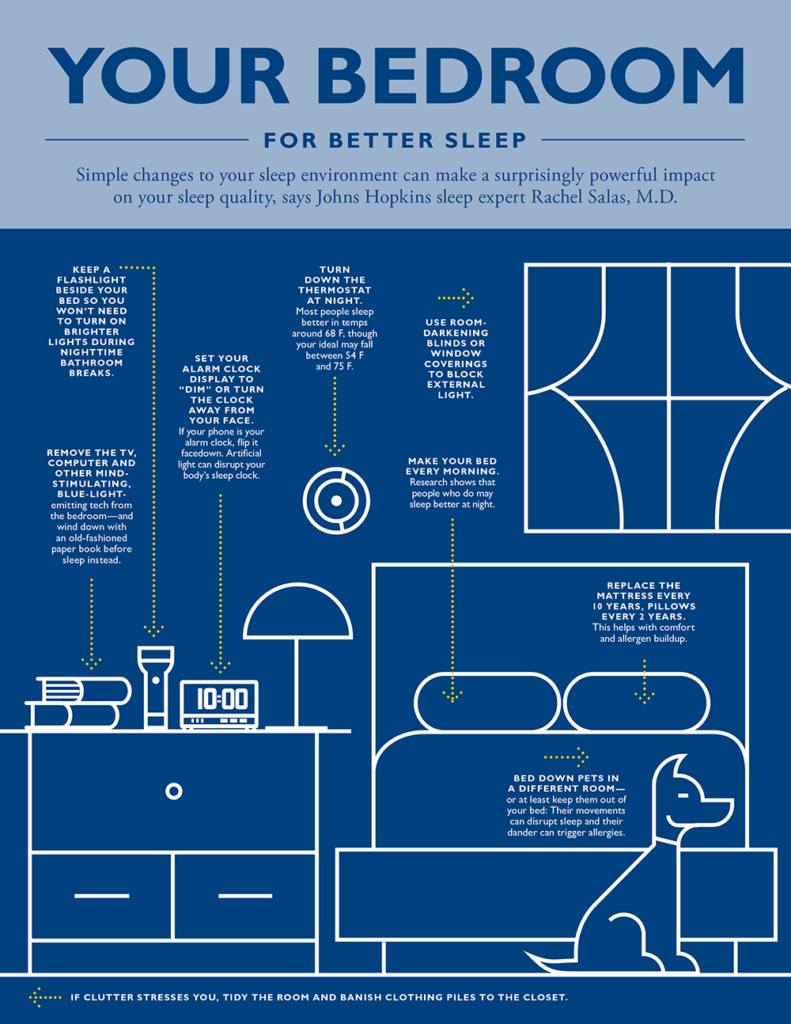
By making your bedroom a no-phone zone, you can actively work to improve the quality of your sleep.
6. Try Alternative Activities As Much As Possible.
In Dopamine Nation Finding Balance in the Age of Indulgence, Dr. Anna Lembke offers this as her final lesson: “Instead of running away from the world, we can find escape by immersing ourselves in it.”
Indulge in a novel (you pick the genre!). Or take up journaling to process the thoughts from the day.
Discovering new bedtime rituals can be a fantastic way to get off your phone and discover (or rediscover) a favorite pastime. You may just find that you get time back in your day to do something you really love.
And if you find that you’re not in the mood to start a new activity at bedtime, get yourself a stress ball. Having something to pick up instead of reaching for your phone can do wonders.
7. Limit Notifications.
No matter how many good intentions we have, it can feel impossible not to pick up our phones when those notifications ping.
Don’t let that enticing sound get in the way of the good habits you are cultivating.
Research is now being done into phone notifications’ effect on sleep quality.
The results prove what you might suspect: that being aware of night-time cellphone notifications is associated with general sleep issues and your subjective experience of how well you sleep.
Turning your phone to Do Not Disturb at night — we propose one hour before bed — can do wonders.
You can either opt to have your phone not send you any notifications at all or limit alerts from certain distracting apps.
This might be a good idea for daytime usage as well.
Research also proposes that smartphone notifications have an impact on our cognitive abilities and attention. While knowing if your friends and family need you is important, it’s also vital to consider what notifications you really need and when.
8. Schedule Internet-free Times.
As the day is winding down, choose to actively limit your internet usage. Again, we know how difficult this can be with all that demands your attention on your device.
The Canopy app can help here. Proven to help parents control their children’s screen time, Canopy is not only for kids. You can set phone-free time for yourself.
With the Screen Time option, opt to set particular Work or Sleep times where you can free yourself from distractions. This will mean that the app won’t allow you access to particular apps at these times.
Here’s how to do it for iPhone:
- Access SETTINGS on your phone.
- Navigate to SCREEN TIME.
- Go to CONTENT & PRIVACY RESTRICTIONS. (You may be prompted to add in your Screen Time passcode here.)
- Here, you will be given various options, including DOWNTIME and APP LIMITS. This is where you get to decide when you want to turn off for the night.
If you have an Android device, the process is similar. You can also access these controls from SETTINGS on your phone. Then tap on Digital Wellbeing and Parental Control. Here, you’ll be able to set the limits you desire.
Here’s what one of our users had to say:
And even if you have kids at home, sometimes, you have to parent yourself first!
9. Use Scroll-Stopping Apps.
If you find yourself falling prey to the dreaded doom scroll, you know how slippery the slope is to get there. One minute, you’re checking a quick DM on Instagram, and the next, you realize that an hour has passed, and you’re still scrolling. You’re far from alone in this.
Luckily, there are ways out through using apps specifically designed for this purpose.
One such option is One Sec, an app that asks you to take one sec and pause before opening a particular app. You get to take a deep breath and really consider your choice.
This may sound very simple but it works. It brings you into the driving seat of your app usage rather than it being in control of you.
Another great way to prevent the doomscroll? Use your Canopy app to set your Screen Time limits.
10. If All Else Fails, Make it a Healthy Habit.
OK, we get it. This is HARD. If you’ve tried everything and you’re still struggling, why not use your bedtime phone time for educational purposes?
Instead of mindless scrolling, use this time to educate yourself on a topic of interest to you. Transform your bed into the college of your dreams by taking a free course on Khan Academy or Crash Course.
The brainpower it takes to engage in a lecture will leave you feeling intellectually satisfied and ready to switch off for the day. Plus, you will learn about something you find interesting.
The goal is to choose your content rather than let it be chosen for you. We live in a world of curated feeds where, rather than deciding what we want to see, we see content that is chosen for us.
The reality is that you don’t need to know everything that your phone is telling you you need to know. You can take back control.
How to Stop Using Your Phone Before Bed – FAQs
1. How can I fall asleep without my phone?
To fall asleep without your phone, establish a relaxing bedtime routine. Read a book, listen to calming music, or practice meditation. Create a comfortable sleep environment by dimming the lights and ensuring your room is cool and quiet. Consistency is key, so try to go to bed at the same time each night. Disconnecting from screens at least an hour before bed can significantly improve your sleep quality.
2. Why can’t I get off my phone at night?
Staying on your phone at night often stems from the stimulating nature of digital content and the blue light emitted by screens, which interferes with melatonin production. Social media, games, and videos are designed to capture your attention and keep you engaged. Additionally, fear of missing out (FOMO) can compel you to stay connected. To break the habit, set specific limits on phone use and replace it with more relaxing activities.
3. What can I do instead of looking at my phone before bed?
Instead of looking at your phone before bed, try activities that promote relaxation and help wind down. Reading a physical book, journaling, or engaging in gentle stretching exercises can be effective. You could also practice mindfulness or breathing exercises to calm your mind. Listening to a podcast or audiobook with the screen off can also be a good alternative that doesn’t involve staring at a screen.
4. How long before sleep should I stop using my phone?
It is recommended to stop using your phone at least one hour before you plan to sleep. This allows your body to adjust and start producing melatonin, the hormone that regulates sleep. By creating a buffer period between screen time and sleep, you can improve the quality of your rest and make it easier to fall asleep quickly.
5. What are some effective techniques to block blue light?
To block blue light, you can use blue light blocking glasses, which are designed to filter out the harmful wavelengths.
Many devices also have built-in blue light filters or “night mode” settings that reduce blue light emission.
Additionally, you can install apps like f.lux on your computer or use screen protectors designed to filter blue light. Another simple technique is to dim your screen brightness, especially in the evening hours.
Citations
- Abuzied, Y. (2022). A Practical Guide to the Kaizen Approach as a Quality Improvement Tool. Global Journal on Quality and Safety in Healthcare, 5(3), 79-81. https://doi.org/10.36401/JQSH-22-11
- Harvard Medical School. Sleep and Mood. Last reviewed: October 1, 2021
- Kerai, A. Cell Phone Usage Statistics: Mornings Are for Notifications, REVIEWS.org: July 21, 2023
- Lembke, A. (2021). Dopamine nation: finding balance in the age of indulgence. [New York, New York], Dutton, an imprint of Penguin Random House LLC.: https://www.amazon.ca/Dopamine-Nation-Finding-Balance-Indulgence/dp/152474672X
- Li, L., Wang, L., & Wang, X. (2022). Effect of smartphone use before bedtime on smartphone addiction behaviors among Chinese college students. Frontiers in Psychology, 13. https://doi.org/10.3389/fpsyg.2022.1023245
- McLean Hospital. The Social Dilemma: Social Media and Your Mental Health, March 29, 2024
- Meek, A. Survey: Americans now check their smartphones a whopping 52 times a day, BGR: 13 November 2018
- Murdock, K. K., Adams, S. K., Crichlow-Ball, C., Horissian, M., & Roberts, M. (2019). Nighttime notifications and compulsivity illuminate the link between emerging adults’ cellphone use and sleep-related problems. Psychology of Popular Media Culture, 8(1), 12-21. doi: 10.1037/ppm0000156 Available at: http://dx.doi.org/10.1037/ppm0000156
- Nemours Teen Health: Does the Light From a Screen Make it Hard to Sleep?
- Olson, J.A., Sandra, D.A., Veissière, S.P.L. et al. Sex, Age, and Smartphone Addiction Across 41 Countries. Int J Ment Health Addiction (2023). https://doi.org/10.1007/s11469-023-01146-3
- Pacheco, D. and Rehman, A. Bedroom Environment: What Elements Are Important?. The Sleep Foundation: March 8, 2024
- Roose, K. Do Not Disturb: How I Ditched My Phone and Unbroke My Brain – The New York Times. NY Times: Feb 23, 2019
- Salas, R. Your Bedroom for Better Sleep. John Hopskins Medicine: 2024
- Smith, A. Record shares of Americans now own smartphones, have home broadband, PEW Research: January 12, 2017
- Upshaw, J. D., Ganis, G., & Zabelina, D. L. (2022). The hidden cost of a smartphone: The effects of smartphone notifications on cognitive control from a behavioral and electrophysiological perspective. PLOS ONE, 17(11). https://doi.org/10.1371/journal.pone.0277220
- Waters, J. Constant craving: how digital media turned us all into dopamine addicts. The Guardian: August 22, 2021
- Xiao, L., & Su, T. (2020). Effect of restricting bedtime mobile phone use on sleep, arousal, mood, and working memory: A randomized pilot trial. PLoS ONE, 15(2). https://doi.org/10.1371/journal.pone.0228756
Read More From Us:
- Learn how to block adult websites in our complete guide.
- Learn to reduce screen time for toddlers here.
- Learn the effects of quitting porn here.
- Learn the effects of quitting porn here.
